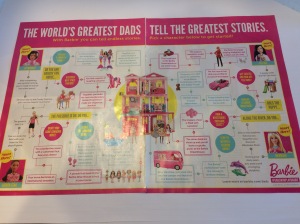I recently drove by a house that was gutted down to the studs. The contractors had torn off all of the shingles and you could see through the structure from one end to the other. I inquired as to why there was such a radical reconstruction and I got my answer in one word: asbestos.
There are many advantages to asbestos. It's a naturally occurring mineral. It has great strength and insulating properties. It resists heat and buffers sound. Thus, it was used extensively in building: ships, homes and commercial buildings. Asbestos was used in virtually all aspects of construction until the 1980s. Shingles, insulation, pipe covering, flooring, appliances, cement, roofing -- it was everywhere.
Until it wasn't allowed to be anywhere anymore.
The dangers of asbestos were known almost since its initial use, but it took decades until the courts were convinced that the fibers that give the mineral its strength also give its handlers cancer at a significantly higher rate than those who are not exposed. The delay allowed for the proliferation of its use, and now causes significant residual effects and costs.
What is the asbestos in your organization -- something that has many positives, but has a downside that should outweigh the strengths? Is there a practice or policy that should be stopped, sooner rather than later? Do you know of a hidden negative in one of your products or services that you have chosen to ignore? Take a moment today to consider what is below the surface and take steps to abate it.















